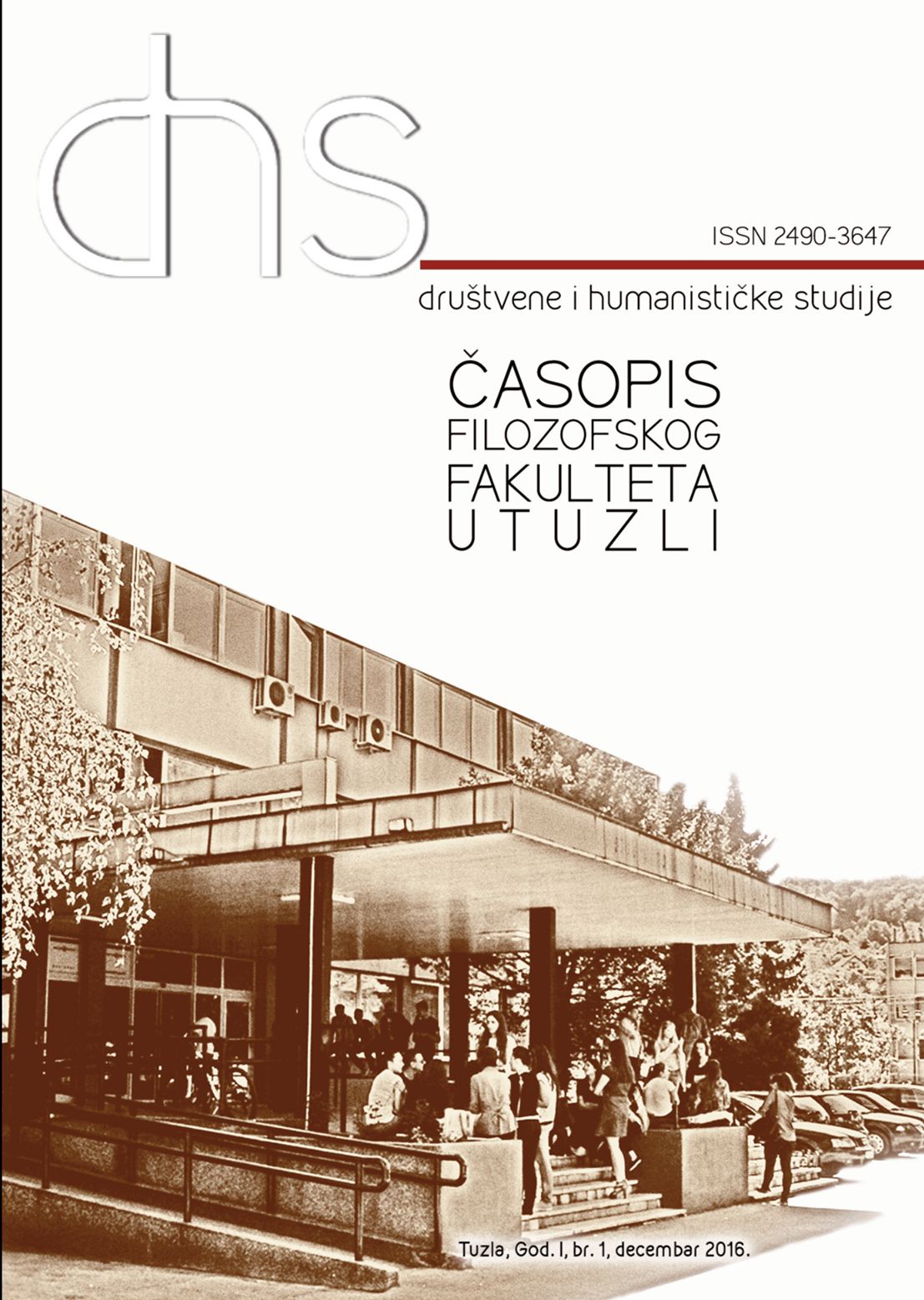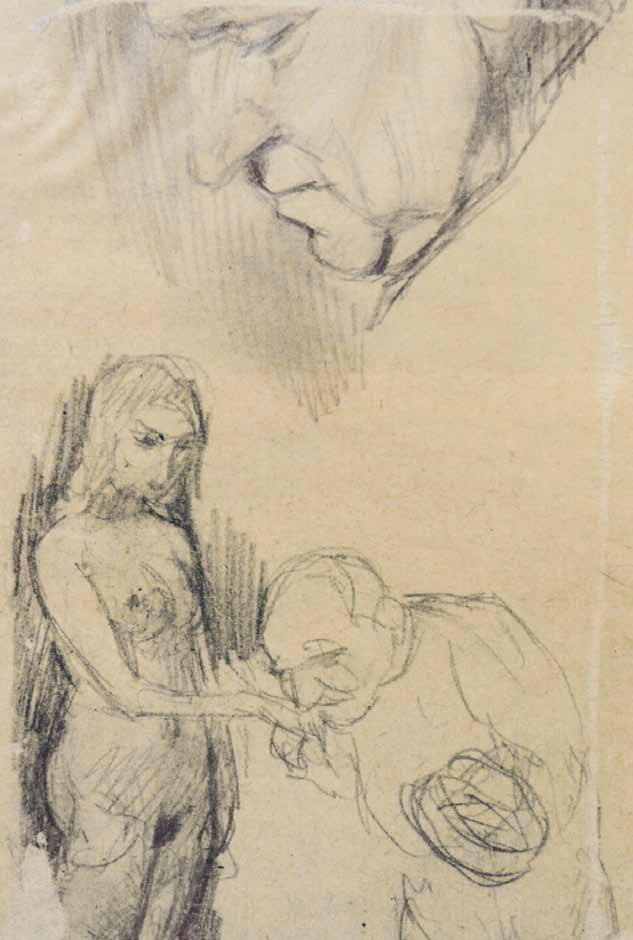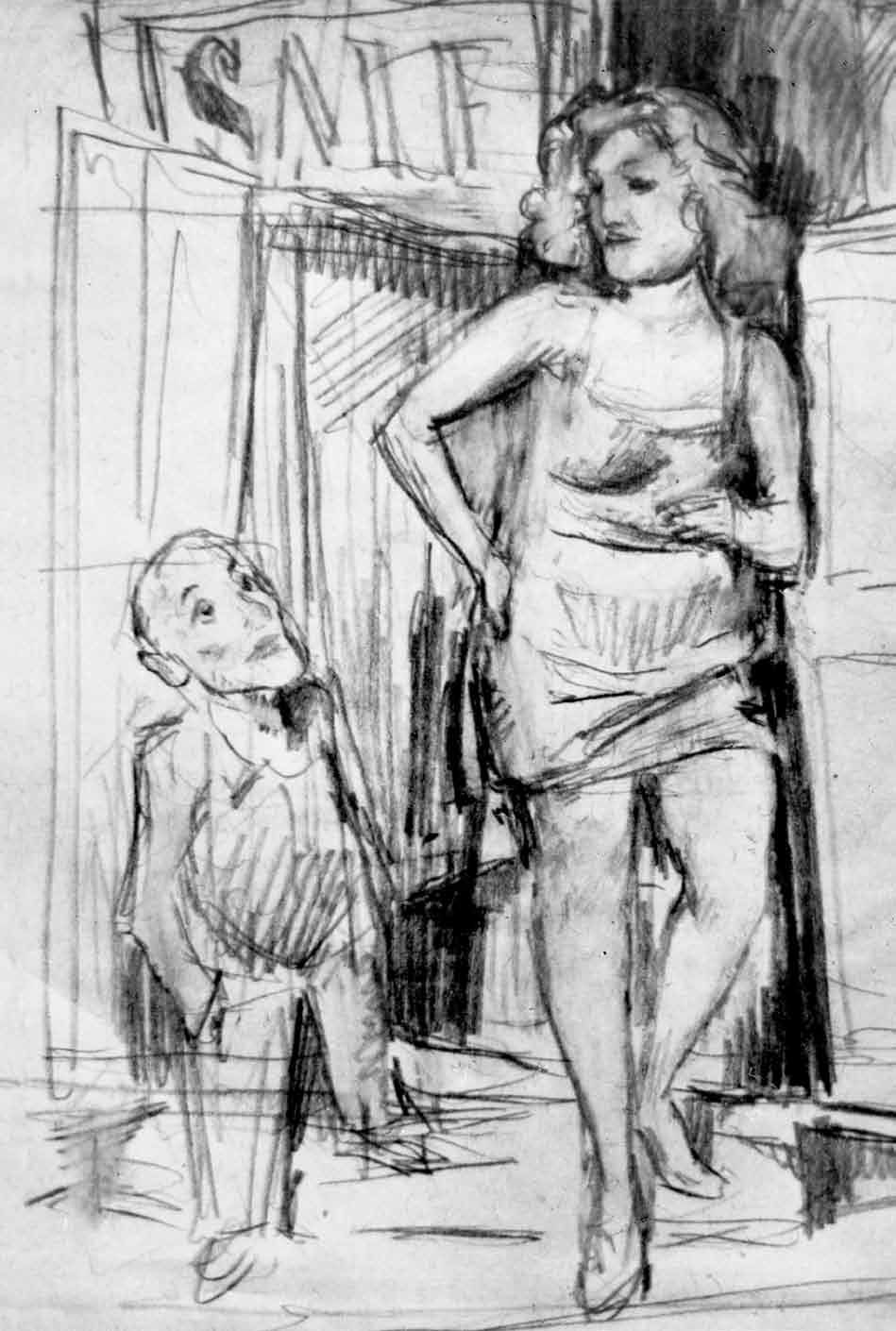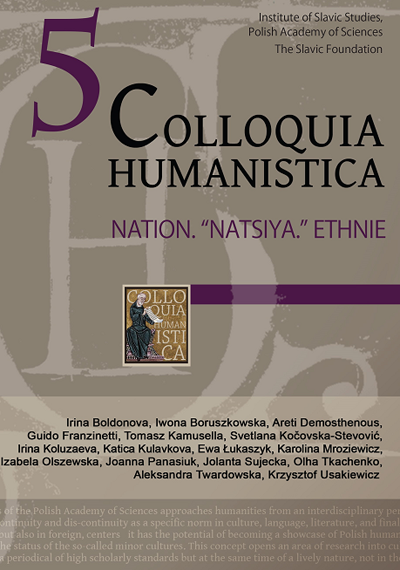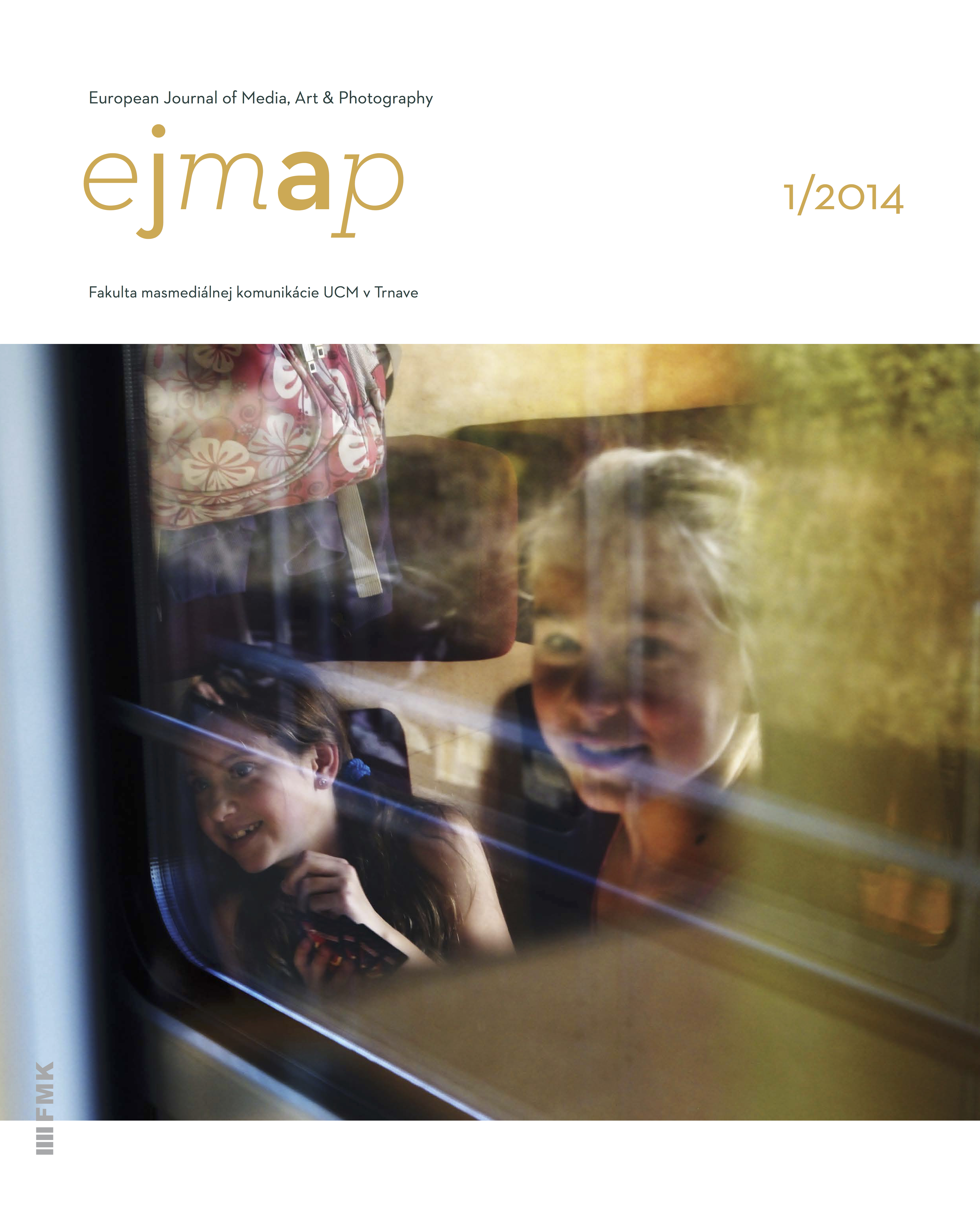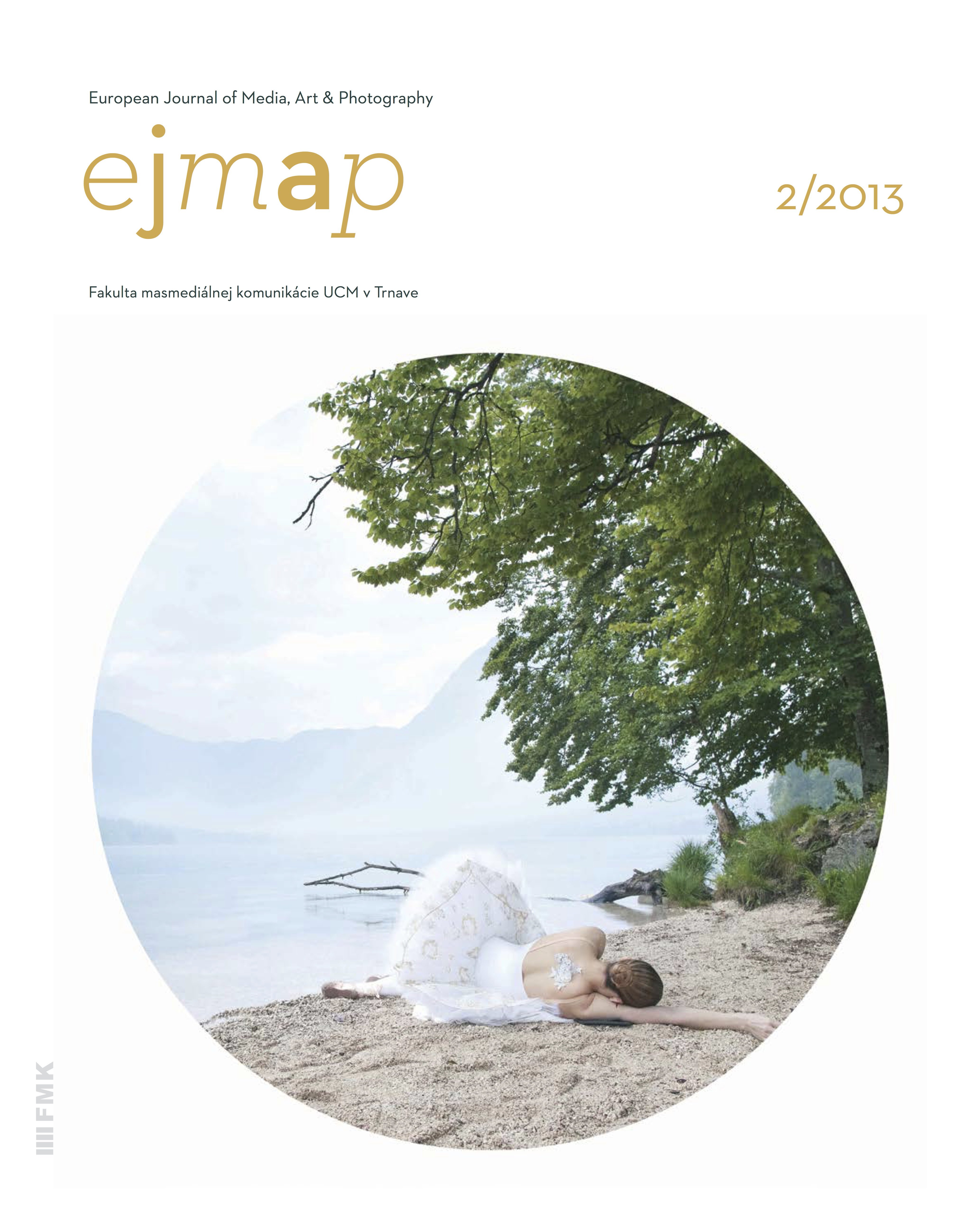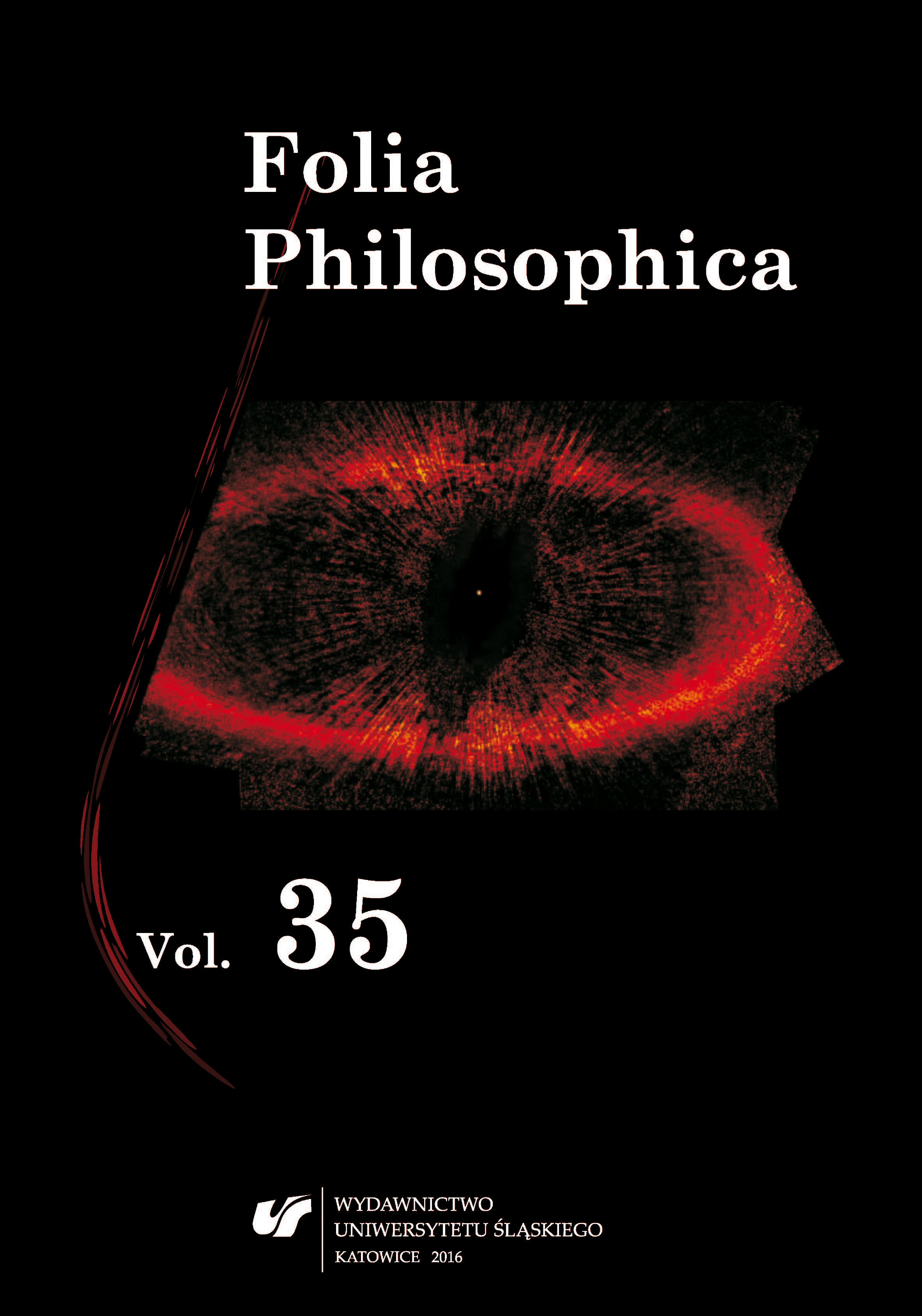
СОБЫТИЯ, ХРОНИКА
15 февраля 2014 года в Уральском Федеральном университете (г. Екатеринбург) в рамках междисциплинарного проекта «Советский мир: конформизм и конформисты» со- стоялся четвертый всероссийский научный семинар «Советский художник в ситуации смены идеологии». Инициаторами проекта, начавшегося в 2012 году, постоянными орга- низаторами и участниками являются доктор философских наук, профессор Института со- циально политических наук УрФУ Татьяна Анатольевна Круглова и доктор филологических наук, профессор Института гуманитарных наук и искусств Мария Аркадьевна Литов-ская.
More...




